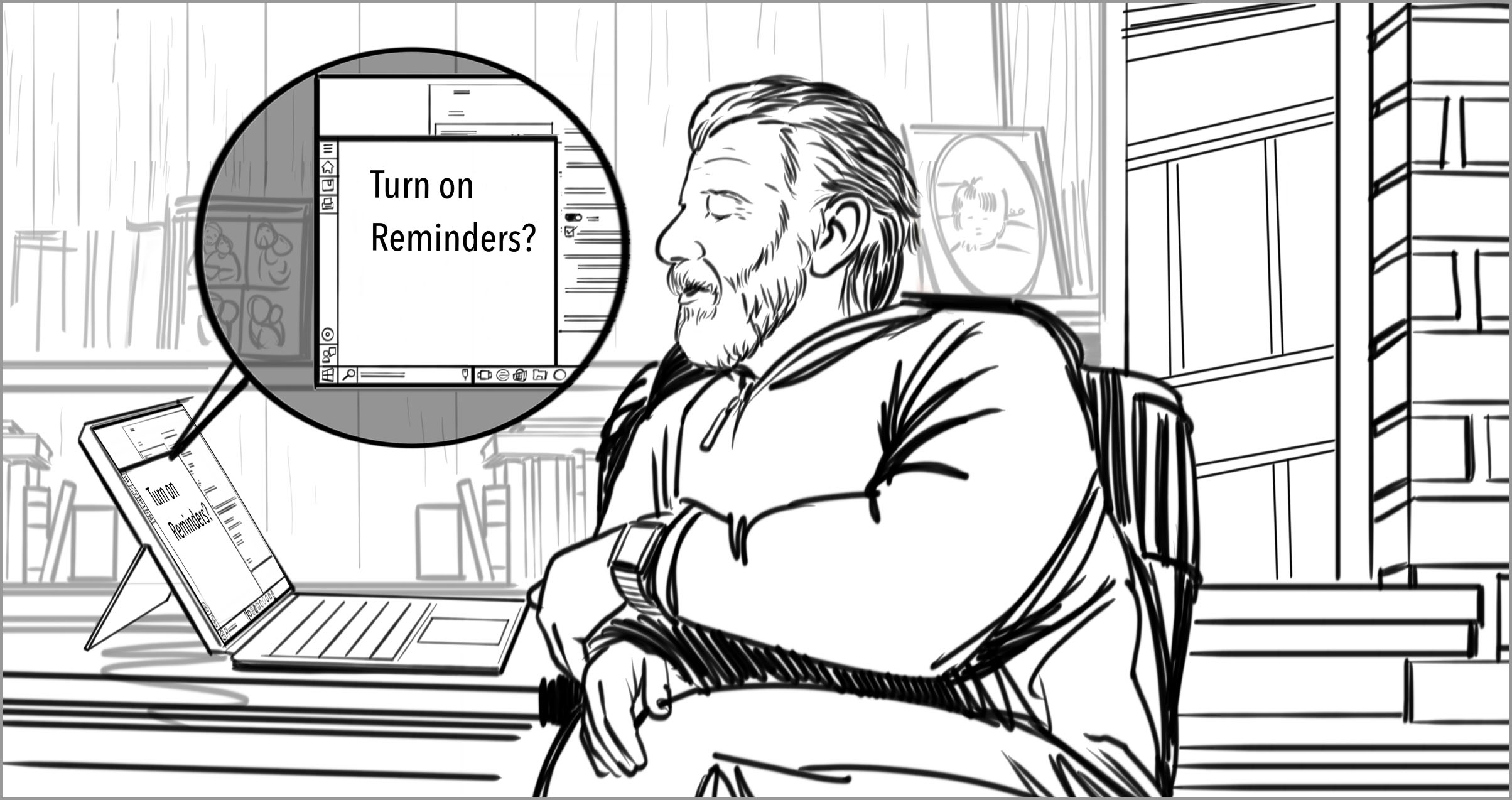Note
Access to this page requires authorization. You can try signing in or changing directories.
Access to this page requires authorization. You can try changing directories.
Difficulty understanding written or spoken language.
Aphasia impacts the ability to understand both written and spoken language. People with receptive aphasia can still communicate, but they may have difficulty understanding what is being said to them. The effects of receptive aphasia are even more prominent when people speak in long, complicated sentences, or if there are multiple people speaking at once. Someone with receptive aphasia may understand a news headline, but not the content of the article. By creating simple and easy-to-understand instructions, content, UI feedback, etc., people with aphasia can easily navigate technology. Having options to give Cortana commands to send emails, set reminders, etc., can provide independence for those with receptive aphasia.
Aphasia can be caused by a stroke, a traumatic brain injury, or having disabilities that affect cognition.
Barriers
- Conveying information through text and language-based instructions only
- Complicated or long sentences
- Multiple sources of language occurring at once (for example, more than one person talking at a time, more than one source of text at a time such as co-occurring pop-ups)
Facilitators
- Alternate means of conveying information, including symbols or drawings (such as user manuals and instructions that show drawings of how to set up a device instead of using written text alone)
- Simple language
- Information is clearly organized (for example, headings and important information are formatted as larger, bold text)
Examples

BARRIER—Long, complex sentences can make it difficult to identify key information or actionable steps for a user who has difficulty interpreting language.

FACILITATOR—Simple, concise sentences that use familiar keywords make content and UI more accessible.
The purpose of this reference is to provide concepts people can use to document and discuss aspects of function. Design should happen with people with disabilities, this reference is meant to support that activity, not replace it.